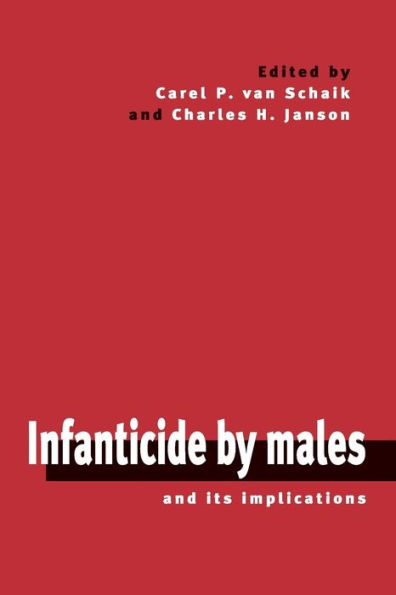5
1
9780521774987



Infanticide by Males and its Implications available in Hardcover, Paperback

Infanticide by Males and its Implications
- ISBN-10:
- 0521774985
- ISBN-13:
- 9780521774987
- Pub. Date:
- 11/02/2000
- Publisher:
- Cambridge University Press
- ISBN-10:
- 0521774985
- ISBN-13:
- 9780521774987
- Pub. Date:
- 11/02/2000
- Publisher:
- Cambridge University Press

Infanticide by Males and its Implications
$76.99
76.99
In Stock

Product Details
| ISBN-13: | 9780521774987 |
|---|---|
| Publisher: | Cambridge University Press |
| Publication date: | 11/02/2000 |
| Pages: | 584 |
| Product dimensions: | 5.98(w) x 8.98(h) x 1.06(d) |
From the B&N Reads Blog
